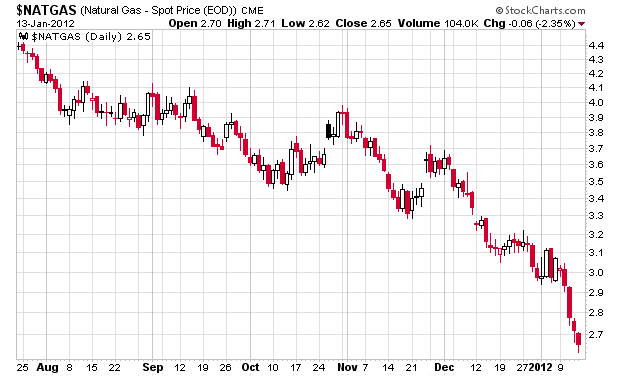For the first time in about half a year, I’ve purchased a straight stock (not preferred or ex-income trust) for my portfolio. Current position is 1% but I am targeting a 5-7% position, so I am currently in accumulation mode. I’d be a little miffed if it moved up to my fair value tomorrow, which is about double-to-triple the current stock price.
Some metrics include roughly a $50M enterprise value (i.e. market cap minus cash plus debt), revenues of a quarter billion, negative profitability in the past 12 months and a brand name moat that some, but not most should recognize. In terms of expenses, over 60% goes to sales and marketing expenses. No dividends.
The “over 60% goes to sales and marketing expenses” should give the reader a hint that I am not talking about a company that is related to commodities!
The general thesis is that while revenues have appeared to be flattening, this company is generally regarded as the best of breed in its product category, and they should be able to reduce expenses to restore profitability.
If the world economy goes into a 2008-style meltdown, there is some downside protection in the stock, mainly embedded in the huge cash position it has relative to its market cap.
Using my not-patented risk-reward measure, I would say this is a low risk, medium reward type situation.
